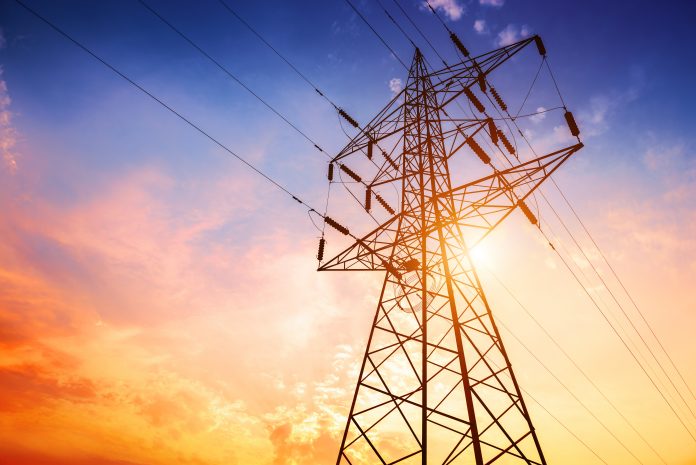
The International Energy Agency (IEA) conducted a study comparing last year’s energy usage and electricity consumption to the first quarter of 2020. Overall, and unsurprisingly, global energy demand during the first quarter of 2020 was down 3.8%, or 150 million tonnes of oil equivalent, compared to the same time last year.
Electricity consumption around the world
Looking specifically at electricity generation and consumption, the easing of restrictions in most countries has raised consumption levels, but it is still 10% below pre-lockdown levels in EU countries. India is showing the most recovery so far. This is likely due to power consumption in the manufacturing districts in their western states of Maharashtra and Gujarat and Delhi in the north. Indian Prime Minister Narendra Modi said the increase in consumption is like “greenshoots” showing new life in the Indian economy.
In China, the epicenter of the pandemic, electricity demand is also increasing along with the easing of restricted movement. In May, electricity demand was 4% higher than the same month last year. It must be noted, though, that this May there has been much warmer than last year, and the increase in demand is credited to the need to run cooling systems. Once adjusted for the weather conditions, electricity demand in China is 1% below last year’s level.
Here at home
Here at home in the United States, EIA forecasts that electricity consumption will show an overall decline of 4% in 2020, and it will only increase by 1% next year. Lockdowns and the shuttering of most businesses caused sales of electricity to commercial customers to decrease by 11% compared to last year. They feel it is unlikely to reach 2019 levels again for some time yet. Conversely, the lockdown increased electricity sales in the residential sector by 8%.
The time is ripe for renewables
Natural gas is still the leader in electricity production in the United States, but renewables are on the rise. The IEA report, “COVID-19 Impact on Electricity” says, “In May, renewables have consolidated their second position after natural gas and way above coal. In June, as wind generation decreases as is generally the case at this season, and as the stringency of the government response has softened, natural gas consolidated its leading position.” Natural gas is in no danger of losing its number one position, but the power mix is definitely shifting toward renewables. This is accounted for by:
- Depressed demand for electricity
- Low operating costs
- Priority access to the grid through restrictions
In the EU, natural gas is the second source of electricity generation behind renewables. The lockdowns there drove demand down, and favorable weather conditions boosted renewable production during the first half of this year.
What might the future be?
The reinstatement of lockdowns is still a possibility, and many still work from home. Google and Facebook are the most prominent companies to recently extend their work from home policies. Both announced they will be allowing their employees to continue working from home until this time next year. Until a new normal is established, or the old normal gets a chance to return, the future of electricity consumption will continue to be only a prediction.














